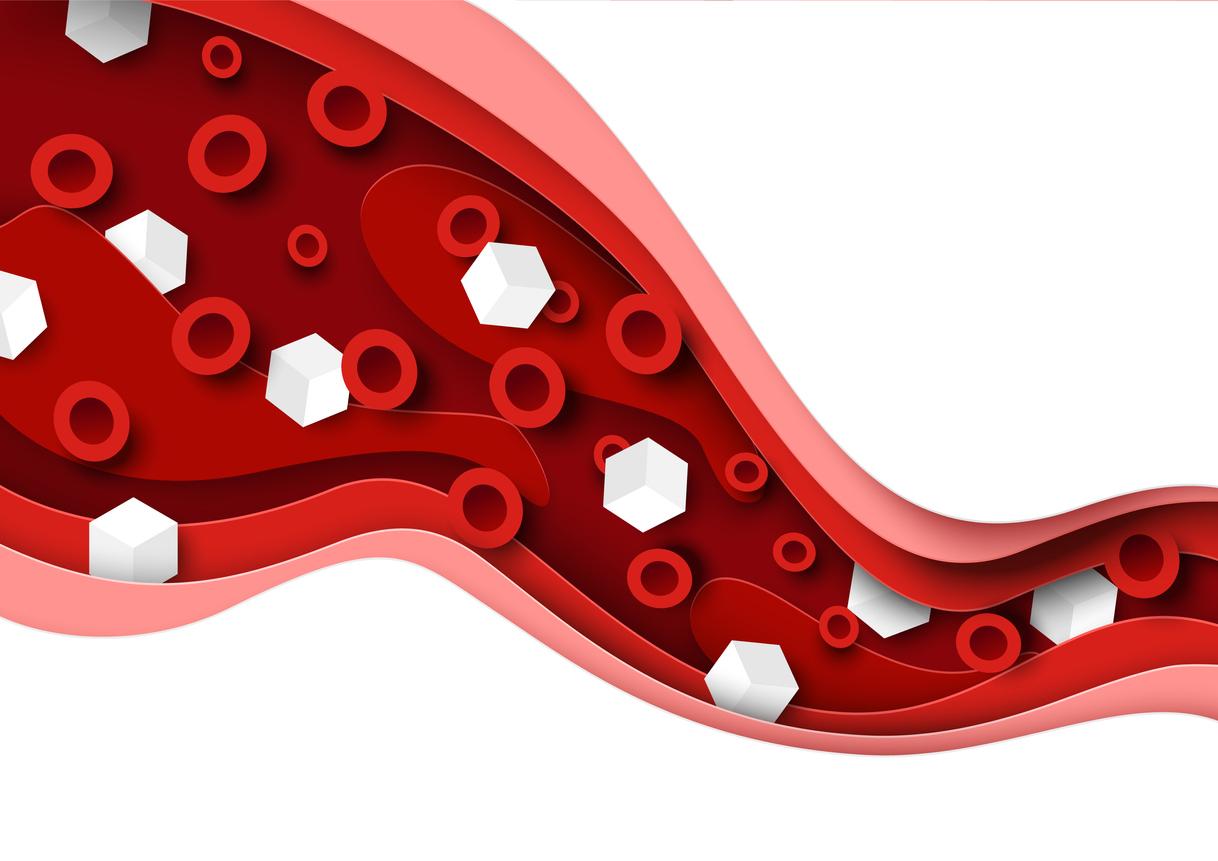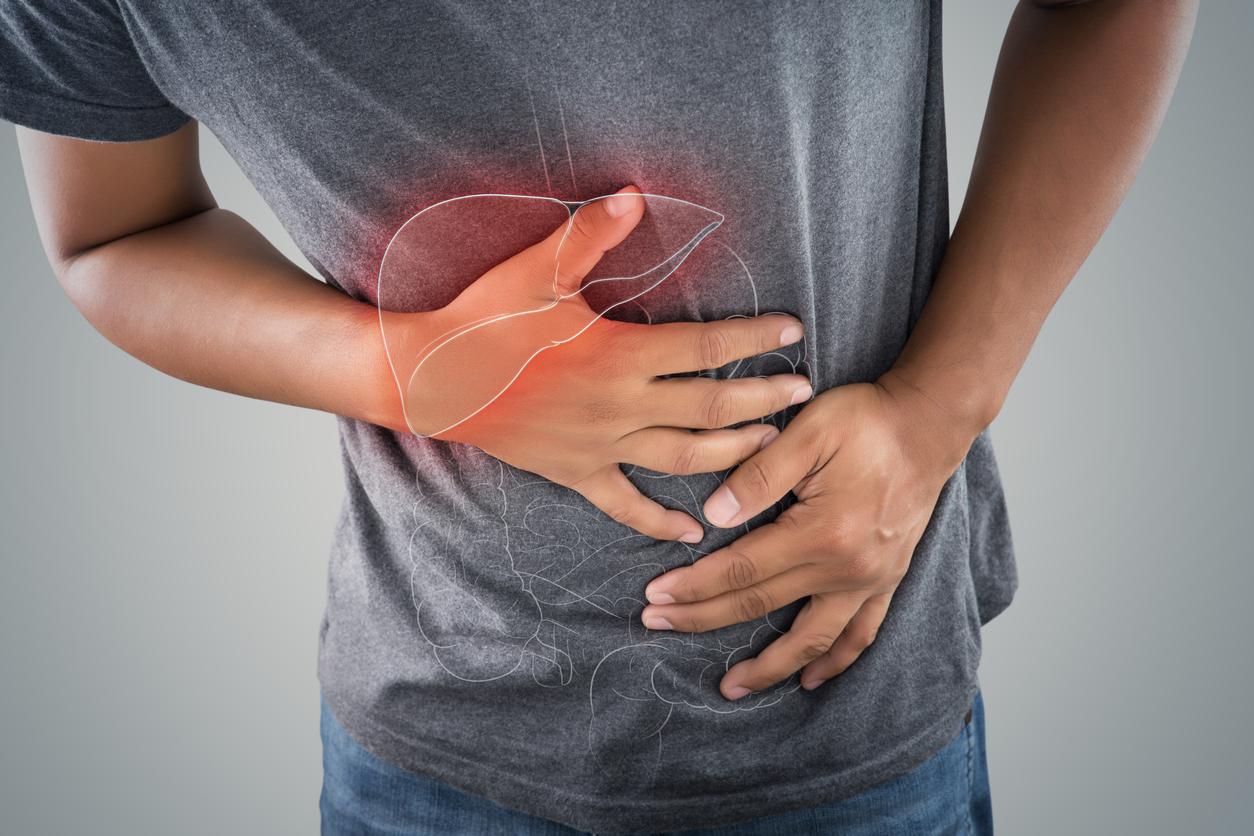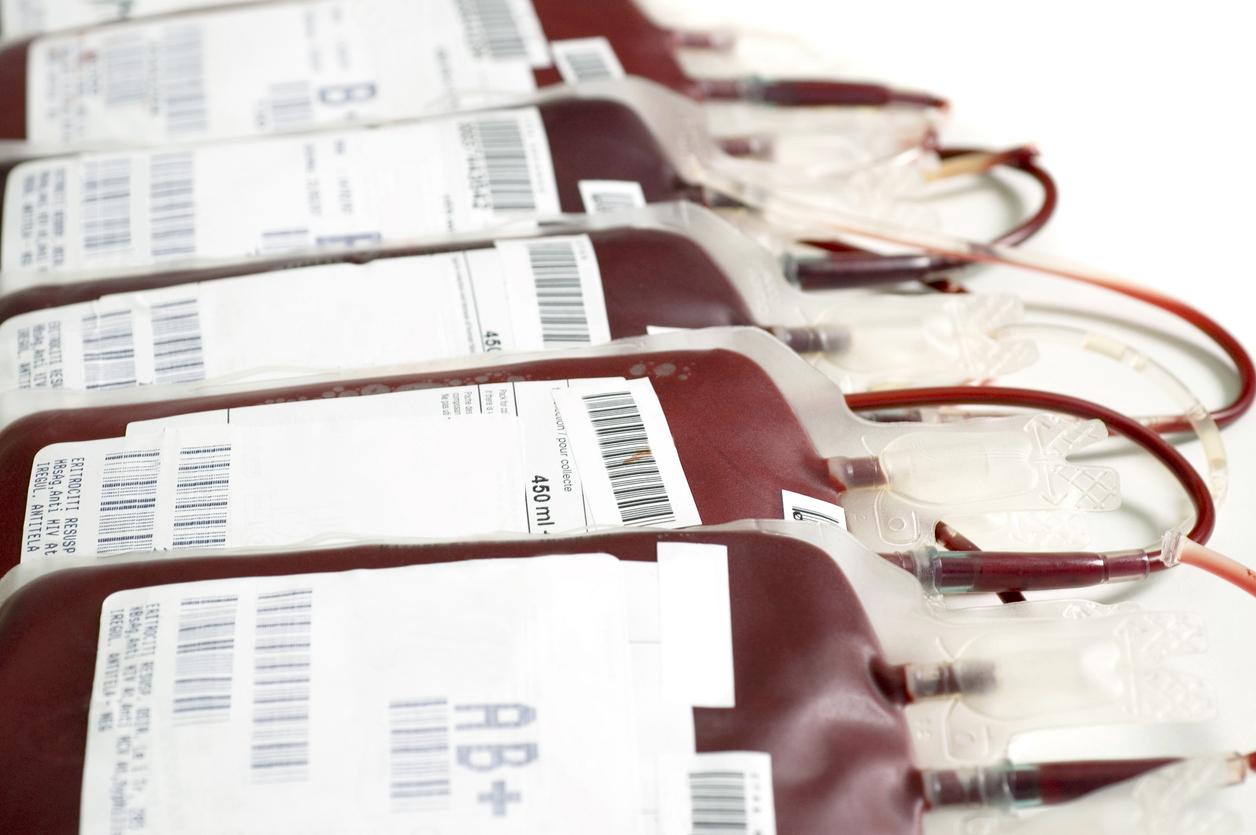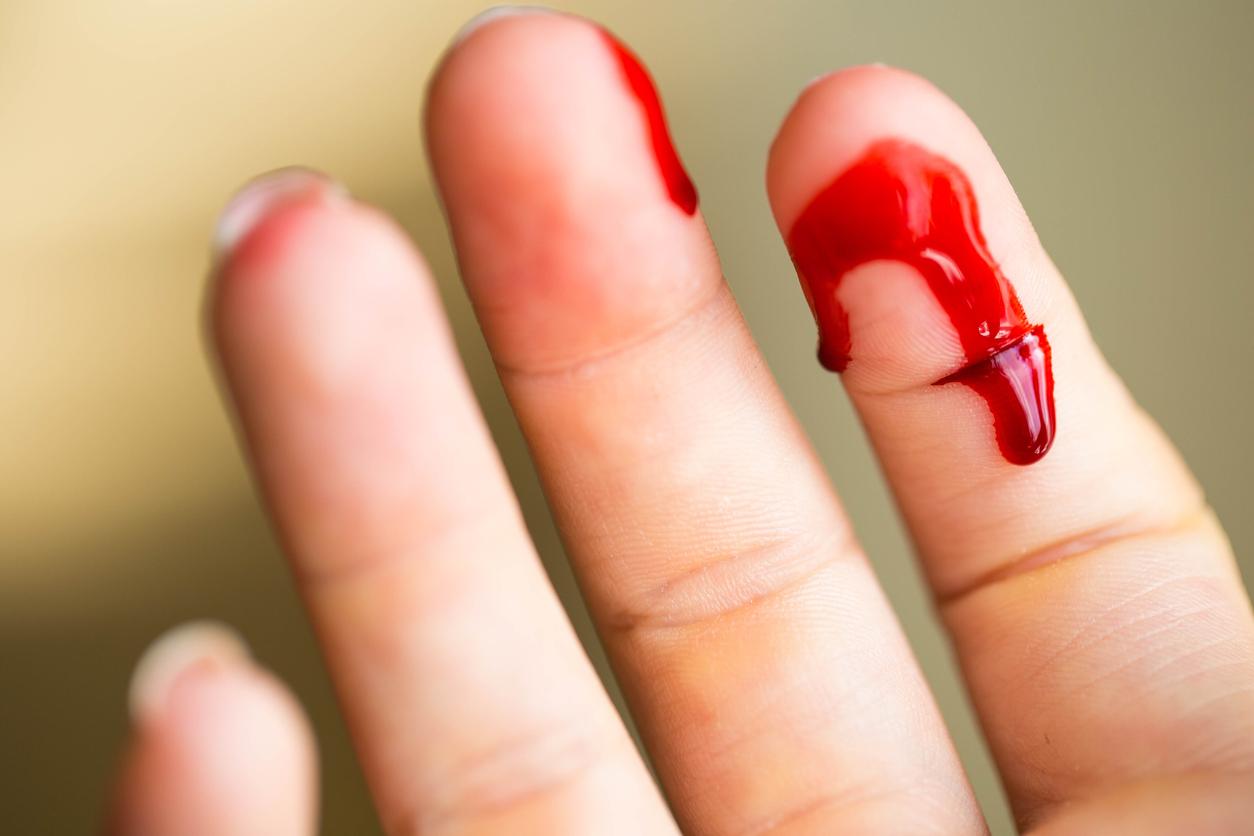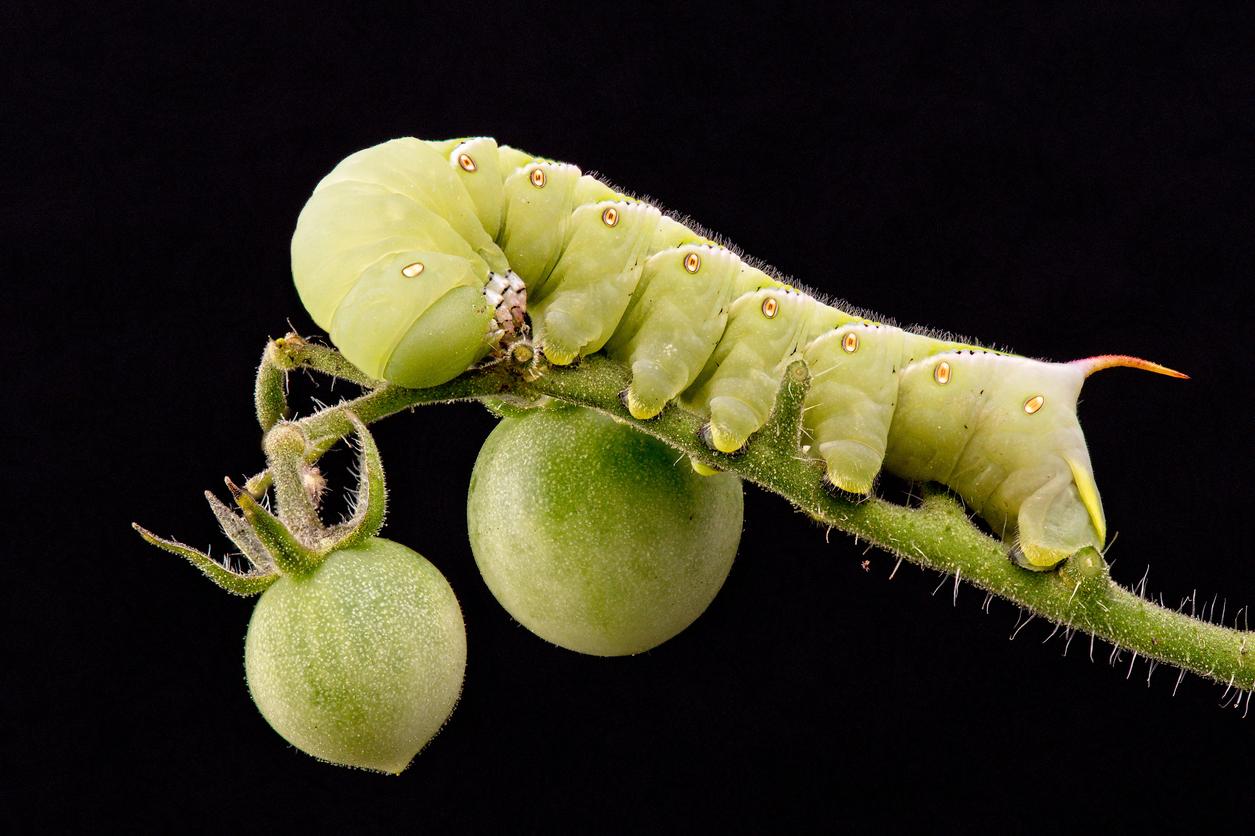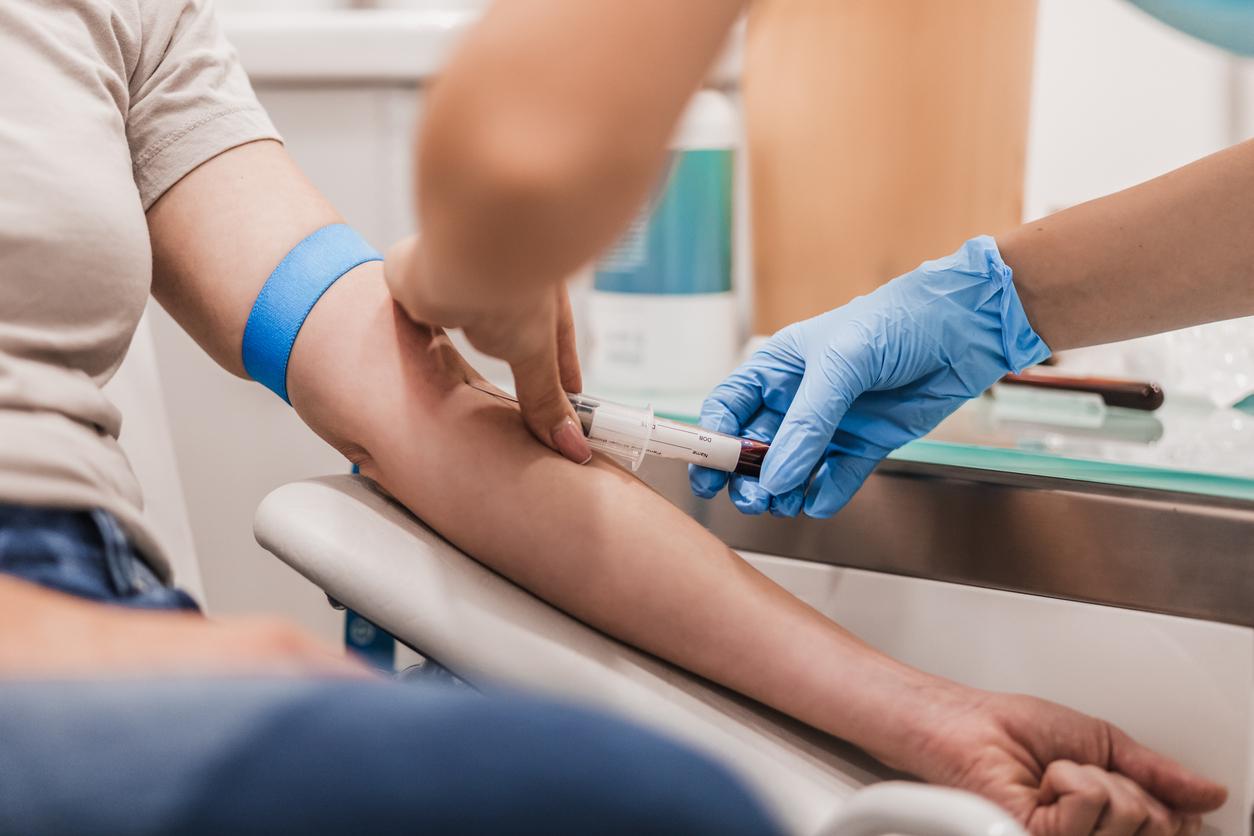Between 5,000 and 7,000 patients in France suffer from Charcot’s disease, a neurodegenerative pathology also known as “amyotrophic lateral sclerosis” (ALS). This disease (whose risk factors are still poorly known, although 8% to 10% of ALS cases are familial forms) is responsible for various symptoms: speech disorders, swallowing disorders, cramps, difficulty in walking, difficulty breathing, muscle twitching…
At present, it remains difficult to diagnose Charcot’s disease, especially when the pathology is new: the neurologist must look for signs of damage to the central or peripheral motor neuron by carrying out several examinations (electromyogram, MRI of the brain and/or or marrow, lumbar puncture, etc.), and specialists estimate that the diagnosis is (on average) only made 9 to 12 months after the first symptoms.
Neurofilaments in blood and cerebrospinal fluid
Good news: researchers from the University of Gothenburg and Umeå University (in Sweden) may have just identified a biological marker of amyotrophic lateral sclerosis. The Swedish researchers believe that, even at the start of the disease, it would be possible to diagnose amyotrophic lateral sclerosis “simply” by measuring the level of neurofilaments in the blood and in the cerebrospinal fluid (CSF) of patients.
Neurofilaments are proteins that play a role at the nervous level: in the event of damage to the nervous system, these particular proteins “leak” into the cerebrospinal fluid and (to a lesser extent) into the blood.
To support their hypothesis, the Swedish researchers collected blood and cerebrospinal fluid samples from 287 patients in whom amyotrophic lateral sclerosis was suspected: in 234 of them, the diagnosis of Charcot’s disease was confirmed. The scientists (who published their work in the specialized journal Scientific Reports) even believe that the concentration of neurofilaments could predict the severity of the disease.
Source :Federation for Brain Research (FRC)
Read also :
- Amyotrophic lateral sclerosis: what are the first signs?
- Charcot’s disease: a toxic mushroom would be the cause of the cases in Savoie
- ALS: the Ice Bucket Challenge has made it possible to advance research










